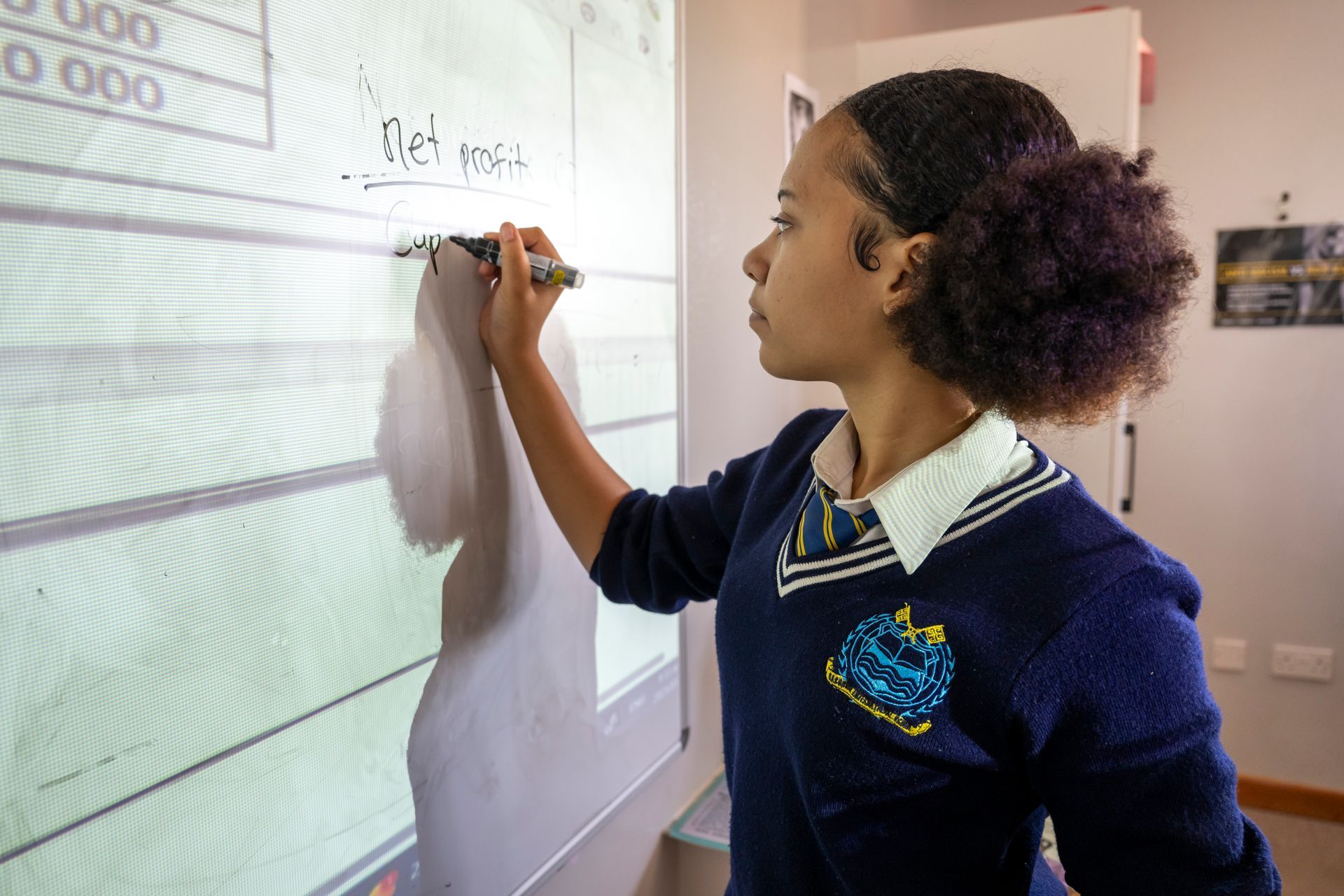The Importantance of Mindfulness
Mindfulness
A fast-paced workplace where one is always overwhelmed with packed schedules, deadlines to meet and never having downtime, can contribute to burnout and ineffective discharge of duties. One of the ways in which this can be mitigated is by practicing mindfulness.
What is Mindfulness?
Mindfulness is an act of meditation which teaches the practitioner to be present and not to let their mind wander. Practicing this form of meditation can bring many benefits and help reduce stress and improve memory. Through mindfulness you may be able to focus on the positive things in your life and give less energy to the things that may be harmful to you either mentally or physically.
If left to its own devices, the mind will wander, and this can be a problem if you are trying to complete tasks to your full potential. If you can condition your mind to focus, you will be able to give everything you do a lot of attention, and this will help in creating the best output. The mind needs to be trained and mindfulness is a good practice to train your mind to focus on one thing at a time and give it your all. Mindfulness can be done to help you connect with yourself and your inner peace. It is beneficial to everyone; whether spiritual, religious or those who do not believe in a higher power at all. It is just a way to connect with yourself.
Some experts believe that through mindfulness you will be able to accept your life experiences and work through them rather than avoiding them. You can couple this with therapy and be able to gain a deeper understanding of yourself.
The beauty of this practice is that it can be done at any time, once you start getting used to the action. The easiest way to start is to find a quiet place and focus on your breathing. You have to breath intentionally and do not be hard on yourself if your mind starts to wonder, just bring yourself back to focusing on your breathing.
The Benefits of Mindfulness
Some of the benefits of mindfulness are that it improves mental health, it can help to reduce stress and even elevate your mood. It has been known to be used in the treatment of anxiety or depression. If you can live in the moment, it can help you not over to think situations or dwell on negative experiences. You can also control your emotions through the practice of mindfulness which can help if you have anger issues or have problems managing your stress levels. It is also helpful for lowering your heart rate because you will be breathing deeply therefore preventing health issues.
The other benefits are being able to be calm in different situations and this type of focus can help you perform better at work or at school. Being able to be present allows for better performance because you will not be easily distracted and can complete the task at hand. Mindfulness also helps with creativity which can be a benefit when it comes to problem solving. You will be able to come up with new ways to help yourself and others.
Furthermore, mindfulness can help you sleep better. If you are not constantly thinking about random things you will be able to fall asleep quicker and get an adequate amount of sleep which is important for mental health. According to Harvard health, mindfulness can improve physical health too, it can help reduce chronic pain and improve inflammation.
In conclusion, mindfulness is a great tool to help heal your mind and body subsequently, increasing the quality of life and making it easier to handle stressful situations. Through mindfulness you can become an overall better person.



